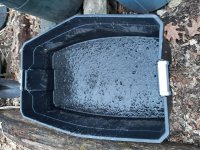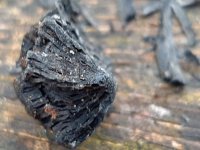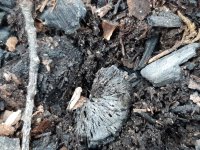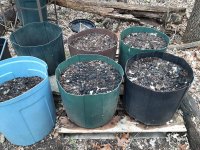I use a pine bark extract.https://www.ncbi.nlm.nih.gov/pmc/articles/PMC4264173/#B28-ijms-15-20382
I rarely mention it because I’m not sure why I use it other than I had it already. I liked the earthy color it turned my water.
One could probably just use tree leaves. Local and free. Tea up your bamboo. Sort of a homeopathic approach. In liquid form it should move through the soil rather than just being concentrated in the mulch.
Of course you’re already doing that with your fermentations or any compost that hasn’t been washed out.
I rarely mention it because I’m not sure why I use it other than I had it already. I liked the earthy color it turned my water.
One could probably just use tree leaves. Local and free. Tea up your bamboo. Sort of a homeopathic approach. In liquid form it should move through the soil rather than just being concentrated in the mulch.
Of course you’re already doing that with your fermentations or any compost that hasn’t been washed out.





